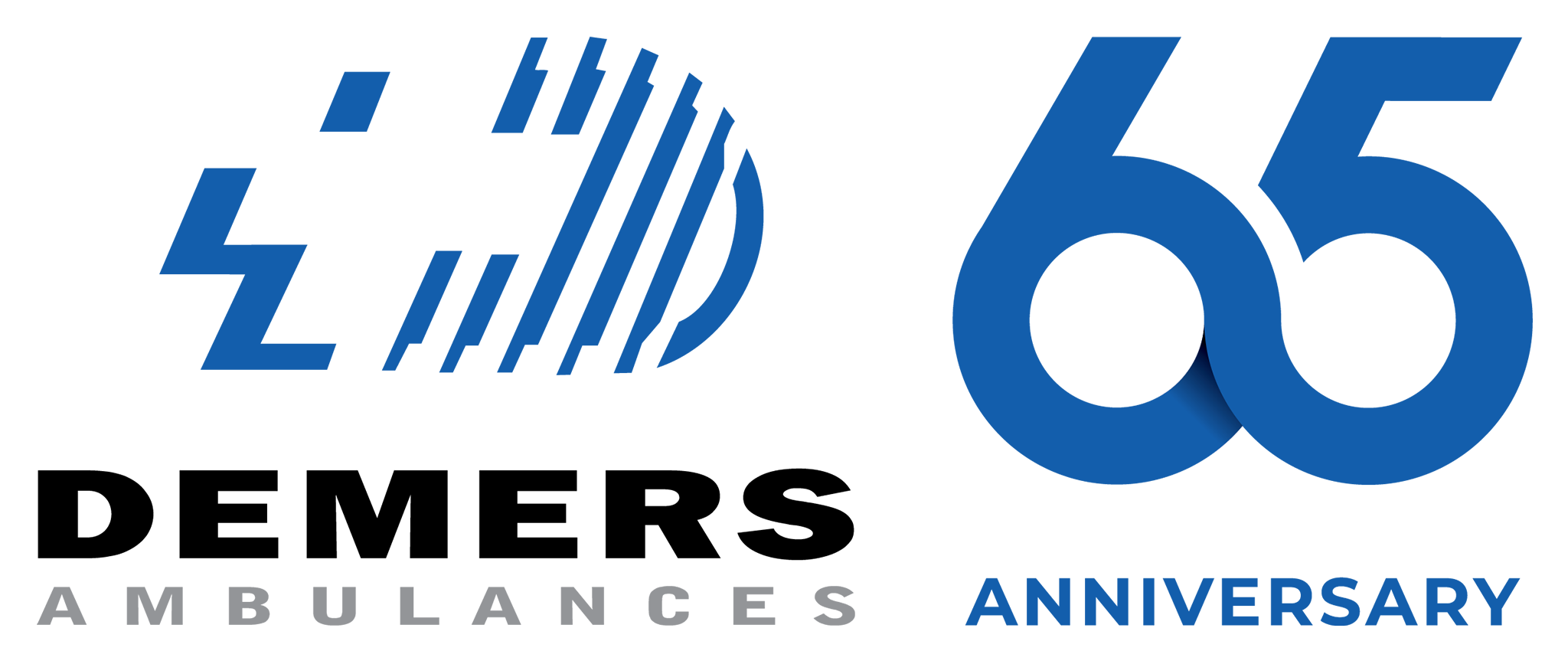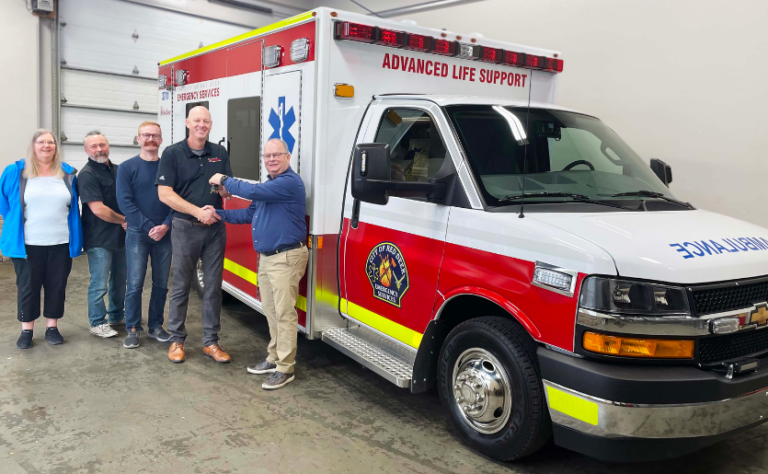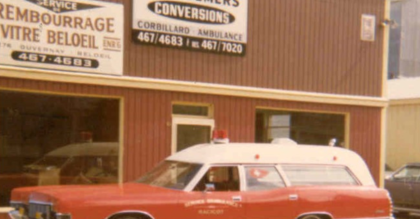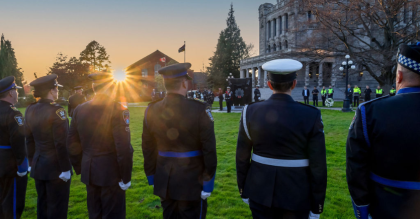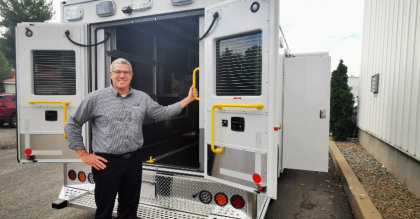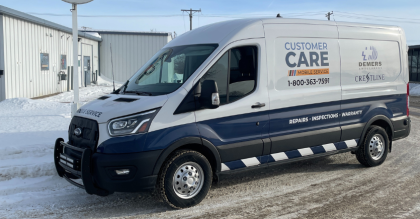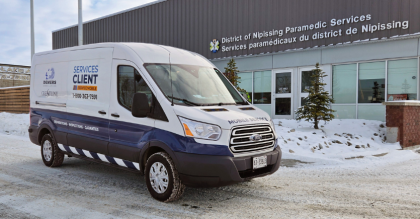At Red Deer Emergency Services (RDES), the mission is clear: to provide exceptional fire and ambulance services to the city of Red Deer and the surrounding area. With a dedicated team of more than 190 employees and a fleet of 15 ambulances, RDES is on the front lines of emergency care. Recently, the RDES team flew from Alberta to inspect their new vehicles, prompting us to speak with Assistant Deputy Fire Chief Matt White, EMS Supervisor Donavan Brandon, and Mechanical Branch Team Lead Rob Japp to gather their insights on the partnership with Demers and Crestline Ambulances, and how these relationships enhance their operations.
Positive Impressions of Demers and Crestline
As Crestline transitioned away from providing a 170-inch box on a Type III chassis in 2023, RDES had to find a reliable alternative to meet its specific requirements. Thanks to their shared company affiliation, Demers’s team suggested continuing with Crestline’s specifications on their MX-170, facilitating a seamless transition.
Matt White confirmed this smooth shift: “We have a very well-developed spec for ambulances with Crestline, and coming over to Demers, they’ve met that same specification.” This consistency ensures that the ambulances are tailored to the unique needs of RDES.
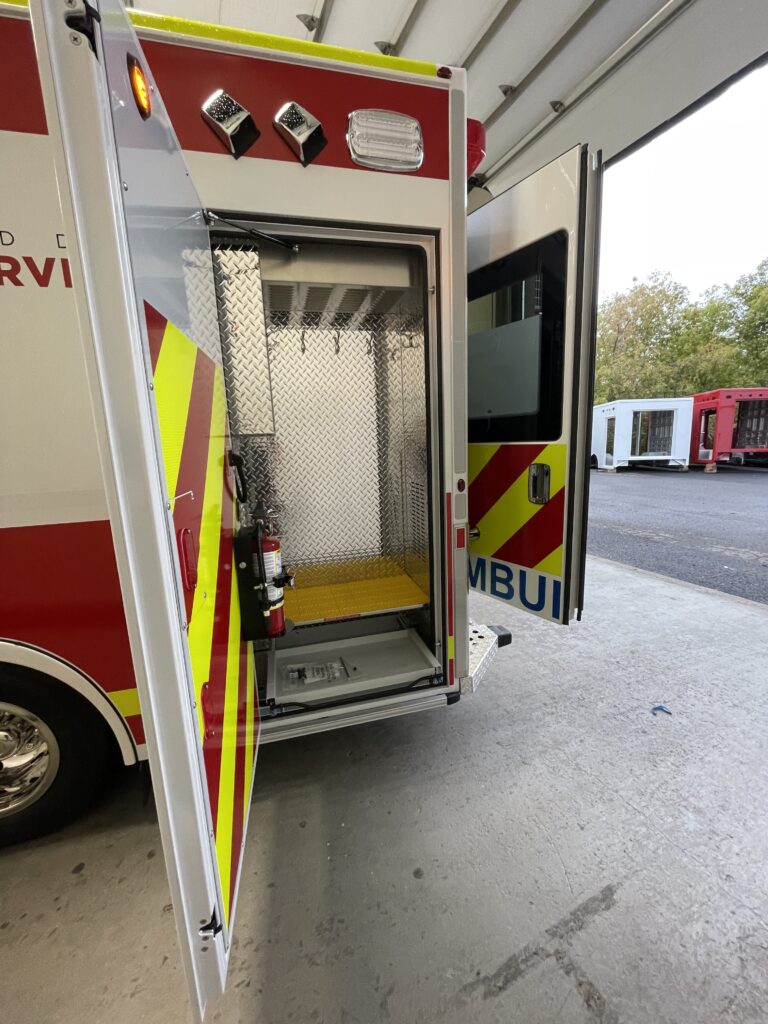
Tailored Solutions for Unique Challenges
The specific operational demands in Alberta have greatly influenced the design and functionality of RDES ambulances. Donavan Brandon emphasized the importance of customization options, stating “Demers has been awesome to modify to what we need specifically,” referencing features like a ventilated cabinet for equipment storage that supports their long-distance transfers to major hospitals in Edmonton and Calgary.
With a focus on transporting critically ill patients over long distances, elements like transport ventilators and IV pumps are essential. “We do a lot of ventilated patient transfers, so we included a bar inside our ambulance to mount the ventilator,” Donavan explained, underscoring the importance of tailored equipment for high-acuity transfers.
The integrated nature of RDES means their ambulances must accommodate fire and medical equipment. Matt highlighted a ventilated exterior cabinet designed to house firefighting gear, ensuring paramedics are prepared for any situation. The ambulances are crafted with ergonomics and usability in mind, making paramedics’ work smoother and more efficient.
Matt also pointed out the importance of prioritizing practitioner comfort, safety, and patient care efficiency. “Engagement with our frontline staff is crucial,” he reminded us, as their day-to-day experiences provide valuable feedback for design improvements. With 25 years at RDES, starting as a paramedic, Matt asserted that this commitment to engaging with frontline workers has always been a core practice.
Enhanced Design Features for Improve Maintenance
Mechanical Branch Team Lead Rob Japp shared insights on the ergonomic design of the Demers ambulances, accentuating the user-friendly center console in the front cab. “It is very ergonomic. It’s designed to minimize gaps where items could fall, and everything is centralized, making it easier to maintain”, he observed. He underscored the benefit of having fewer cables to manage, which helps reduce clutter and the potential for losing equipment.
Rob appreciated the thoughtful reinforcements in the body design, allowing for easy modifications if they decide to switch from a Power Load system to another. “The engineering behind these designs has been quite impressive,” he remarked, recognizing the continuous evolution in both Demers and Crestline products that enhances overall functionality and efficiency.
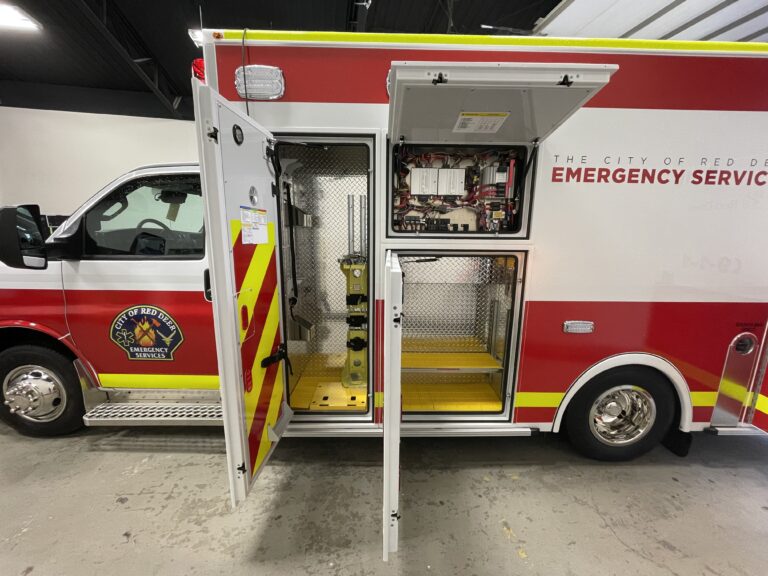
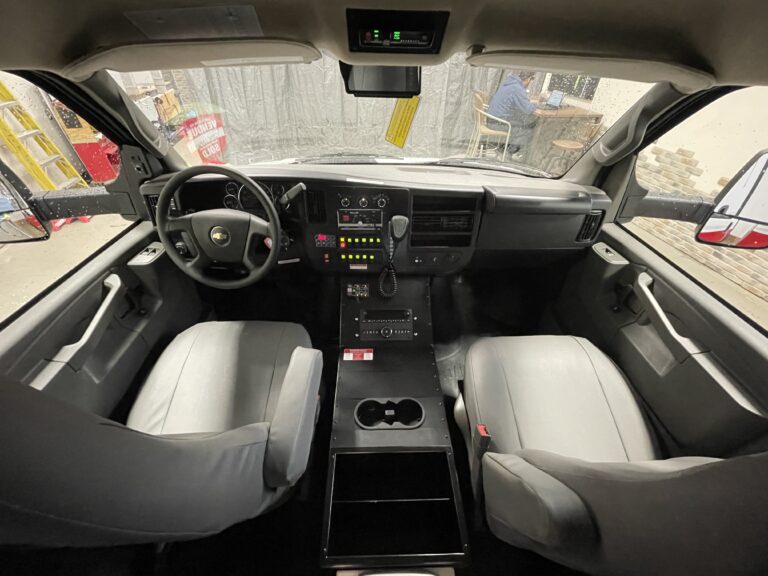
Looking Ahead: Enhancing the Partnership
While the collaboration has been fruitful, RDES sees opportunities for further enhancement. Rob brought attention to the need for better accessibility to proprietary systems like PRAN, which could streamline maintenance and support. “When things are super proprietary, it can lead to delays. Timing is huge,” he noted, emphasizing that quicker access to software and diagnostic tools would significantly improve their efficiency. “If I can’t get into a system when a unit is down, it complicates our ability to make timely repairs, which can keep an ambulance off the road longer than necessary,” Rob added.
The aging fleet also remains a significant challenge for RDES. “We have ambulances that should have been retired three or four years ago,” Matt noted. Supply chain disruptions during the pandemic have delayed the delivery of new vehicles, causing stress for the team. However, he praised their mechanical branch, reporting, “They have done a very good job of keeping our aging fleet on the road.”
Despite these challenges, the overall sentiment towards the partnership remains optimistic. Matt reflected on the progress made in overcoming past hurdles, stating, “Our experience has been good so far. The improvements in supply chain issues have allowed for more timely ambulance deliveries. We’re now getting the vehicles we need, which is essential as we continue to expand our services to meet community demands,” he said.
Both Rob and Matt agree that ongoing communication and collaboration will be key to maximizing the partnership’s potential.
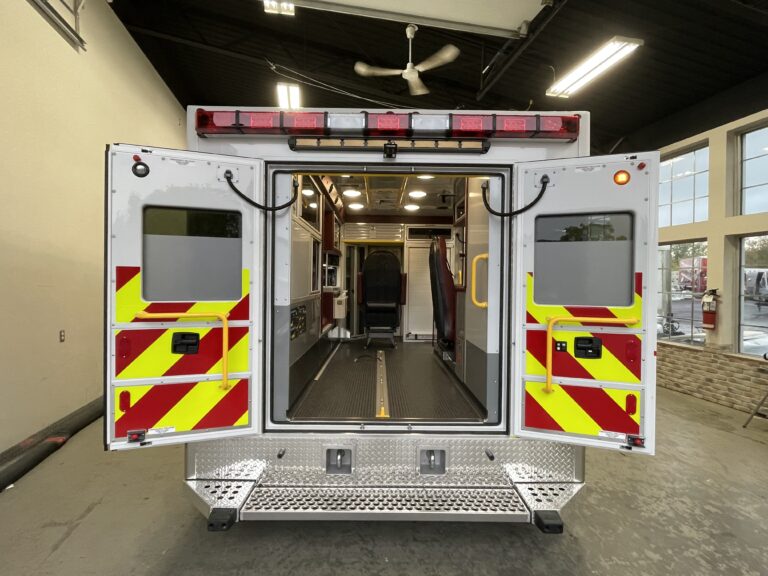
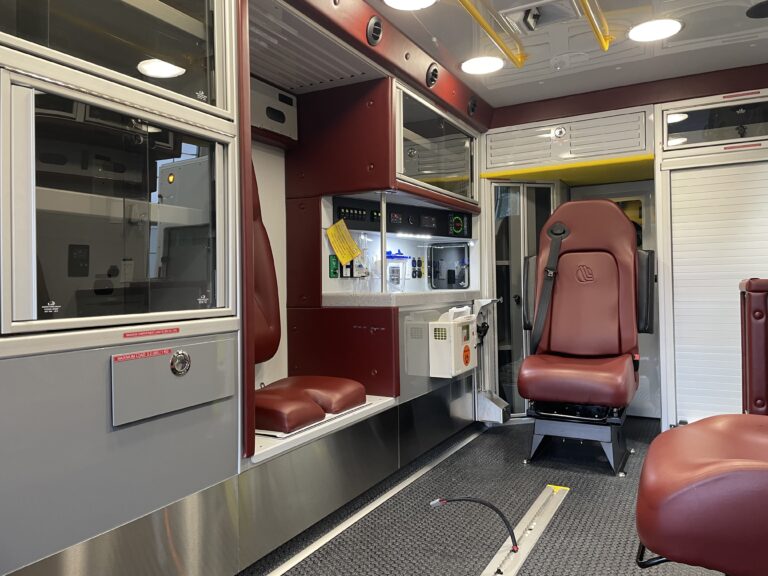
Staffing and Hospital Capacity Challenges
In addition to product-related challenges, RDES faces internal and industry-specific issues such as staffing and hospital capacity. “We’re sitting at about 189 staff, and we’re continually hiring to reach our full capacity,” outlined Matt.
High patient offloading times have also impacted their ability to respond to additional calls in the community. “We’re in constant communication with our hospital partners to address these delays, and our collaboration has been successful,” he clarified.
Conclusion
The partnership between Red Deer Emergency Services and Demers/Crestline Ambulances exemplifies the importance of collaboration in delivering high-quality emergency care. While challenges persist, the commitment to customization, usability, and a supportive working relationship helps RDES navigate the complexities of emergency services in Alberta. Demers and Crestline remain focused on maintaining open communication and flexibility, ensuring they can effectively address the challenges faced by RDES and other customers.
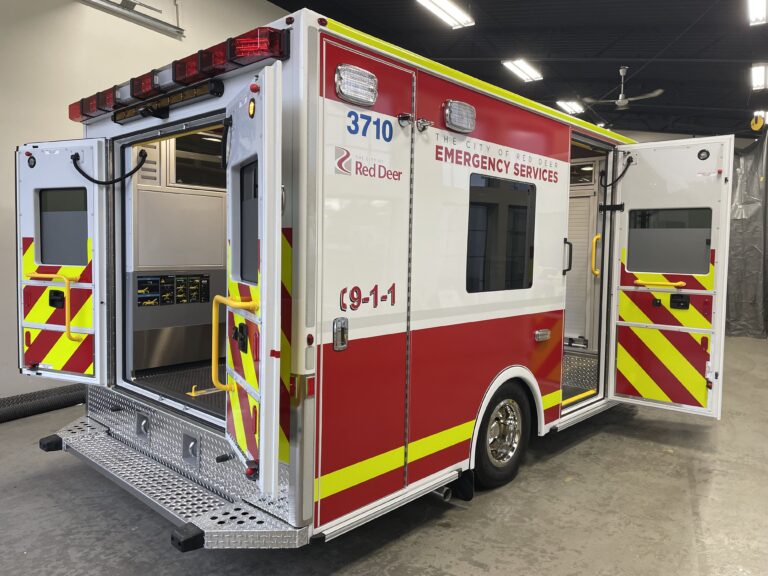
RDES in Numbers
- 20,000 calls per year, including ambulance, facility transfers, fire, and rescue calls.
- Over 100 people cross-trained for Fire and Emergency Medical Services
- 5 people in the training branch
- 8 people in the fire prevention branch
- 4 people in the mechanical branch
- 3 emergency vehicle technicians
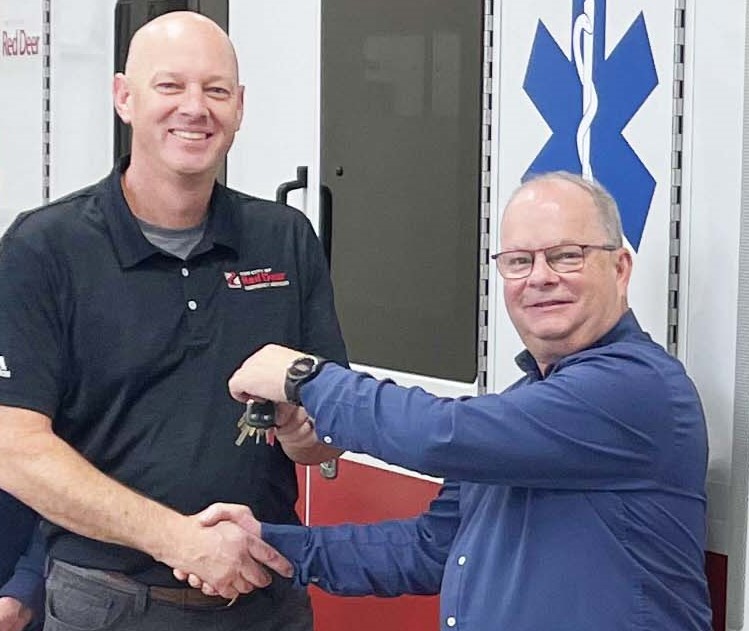
Insights from Matt White - 25 years of immersion
Matt’s extensive experience allows him to appreciate the continuous improvements in equipment and protocols, which are essential for delivering high-quality patient care. Reflecting on his career, Matt shared how far the EMS has come: “When I started, our protocols were somewhat basic, but with advances in medicine and EMS, we now can carry IV pumps on all of our ambulances.” He mentioned the importance of current training and technology, noting, “We’ve seen a very good increase in patient outcomes because of these advancements, such as the ability to engage with cardiologists while on scene and divert directly to specialized care facilities.”
Have something to share?
We are always looking for feedback about our vehicles, services, and customer experiences.
